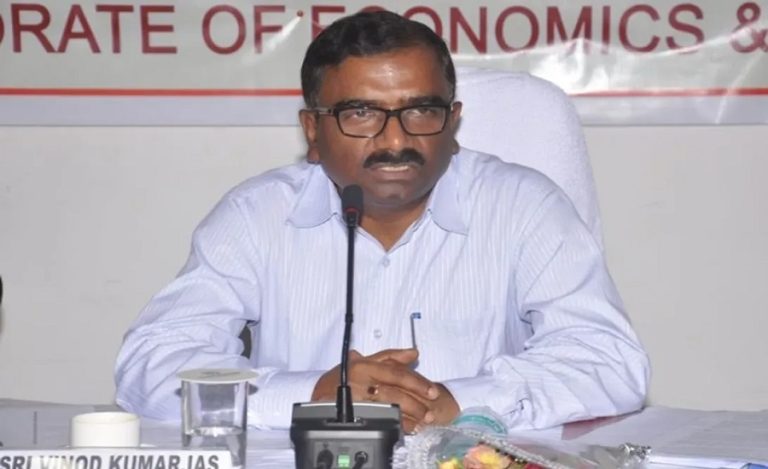New Delhi: Coal India Limited (CIL) has charted an ambitious roadmap for the future, with a significant push toward critical minerals, energy diversification, and enhanced coal output. As per its Annual Report for FY2024-25, the state-run coal giant has earmarked a substantial share of its planned capital expenditure (Capex) for new-age sectors, including coal gasification, renewable energy, thermal power, and a strategic foray into the critical minerals value chain.
Critical Minerals Take Centre Stage
CIL’s future outlook outlines plans to engage in multiple segments of the critical minerals supply chain—ranging from mining and processing to end-product manufacturing—through standalone ventures and strategic partnerships. The company is already in advanced discussions for overseas asset acquisitions, with special focus on lithium-rich regions such as Australia, Argentina, and Chile.
The PSU has signed a Memorandum of Understanding (MoU) with Curtin University in Australia to collaborate on critical mineral exploration. It is also working with Khanij Bidesh India Ltd (KABIL) and other public sector undertakings. Notably, CIL has entered the second phase of negotiations for acquiring lithium assets in Australia, with a binding offer currently under due diligence. Additionally, it has partnered with Hyderabad-based Non-Ferrous Materials Technology Development Centre to advance R&D and commercial-scale projects.
Record Coal Targets for FY26
Coal India has been tasked with an offtake target of 900.24 million tonnes (MT) for FY2025-26—a sharp 18% increase from the 762.98 MT achieved in FY2024-25. Production is also expected to rise to 875 MT, reflecting a 12.02% growth.
Out of this, the projected demand from the power sector stands at 668.1 MT, comprising nearly 74% of the production goal. CIL aims to serve both regulated and non-regulated sectors while reducing India’s dependency on coal imports.
Marching Towards 1 Billion Tonne Milestone
CIL reaffirmed its commitment to scale up annual coal production to 1 billion tonnes (BT) by 2028-29. In FY25, the company produced 781 MT, and has already mapped out all required resources—including major projects, land acquisition, environmental clearances, and logistics infrastructure—to meet this target.
However, CIL has emphasized that production levels will ultimately be aligned with demand trends. For FY2025-26, the total planned capital expenditure is set at ₹16,000 crore.
Also Read: Coal India (CIL) Q1 Profit Falls 20% YoY to ₹8,734 Cr on Weak Realisations, Lower Income
Coal’s Central Role in India’s Energy Future
CIL Chairman Pramod Agrawal underlined the enduring significance of coal in India’s power mix. As of May 2025, India’s installed capacity stands at 475.59 GW, with non-fossil sources contributing nearly 50% (235.70 GW). However, coal continues to dominate, powering 72% of the nation’s electricity generation—double the global average.
Agrawal stressed that coal will remain central to India’s energy strategy for the next two decades or more, even as renewable capacity surges.
First-Ever Coal Washery Monetisation
During FY2024-25, Coal India monetised assets worth ₹8,462 crore, a landmark achievement in PSU asset monetisation. This includes:
- ₹7,128 crore from three Mine Developer and Operator (MDO) projects
- ₹830 crore from seven discontinued or abandoned mines
- ₹504 crore from the monetisation of a coal washery under the build-own-operate model
The most notable milestone was the monetisation of the 2 MTPA Dugda Coal Washery of BCCL in Bokaro, Jharkhand. With the LoI issued on 28 March 2025 and transaction agreements signed on 24 June 2025, it marked India’s first-ever coal washery monetisation, aligning with the government’s National Monetisation Pipeline.
About Coal India Limited (CIL)
Coal India Limited is a Maharatna Central Public Sector Enterprise under the Ministry of Coal. It is the world’s largest coal-producing company and plays a pivotal role in meeting India’s energy requirements. CIL is now diversifying into critical minerals and clean energy segments while maintaining its core strength in coal production and delivery.



























